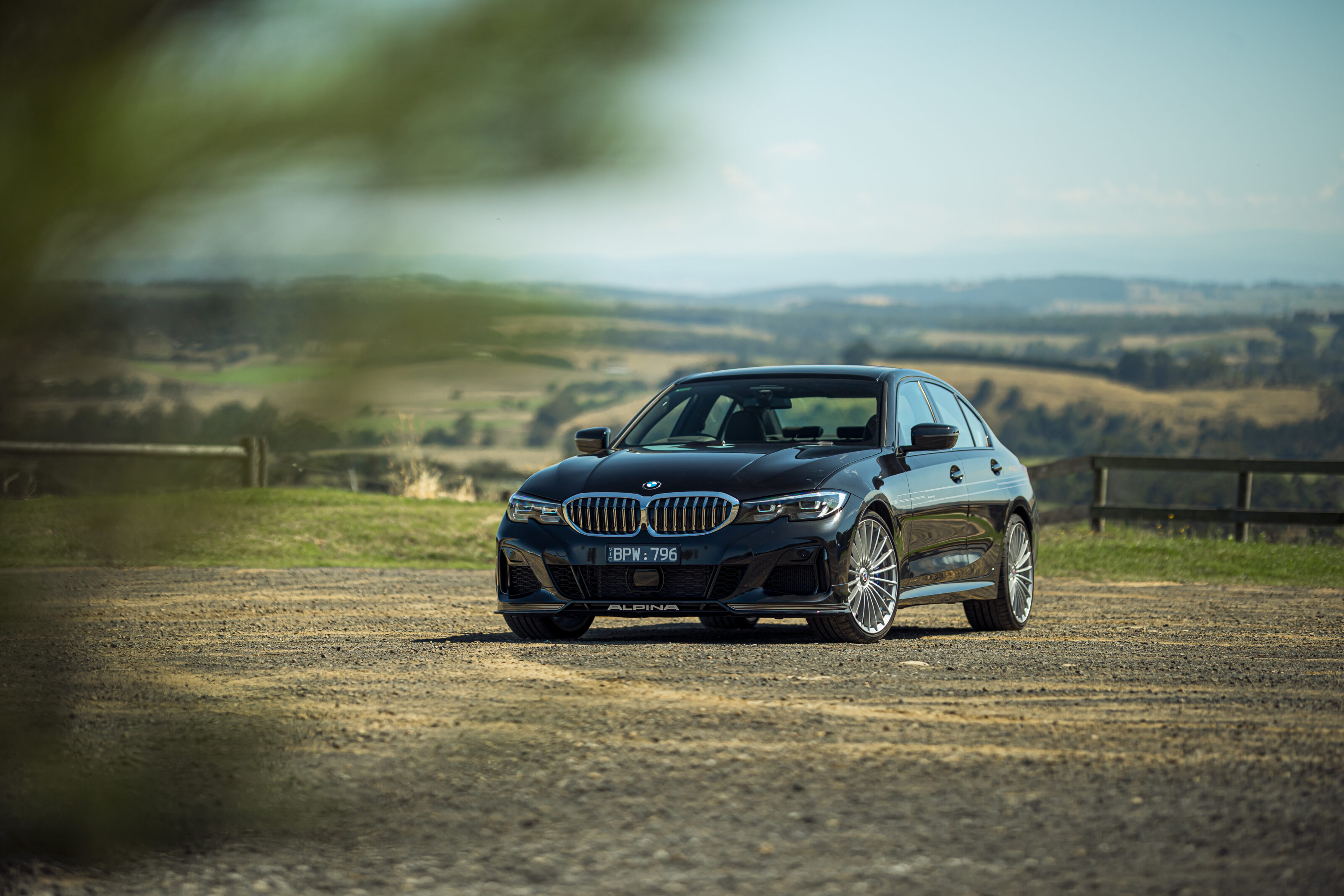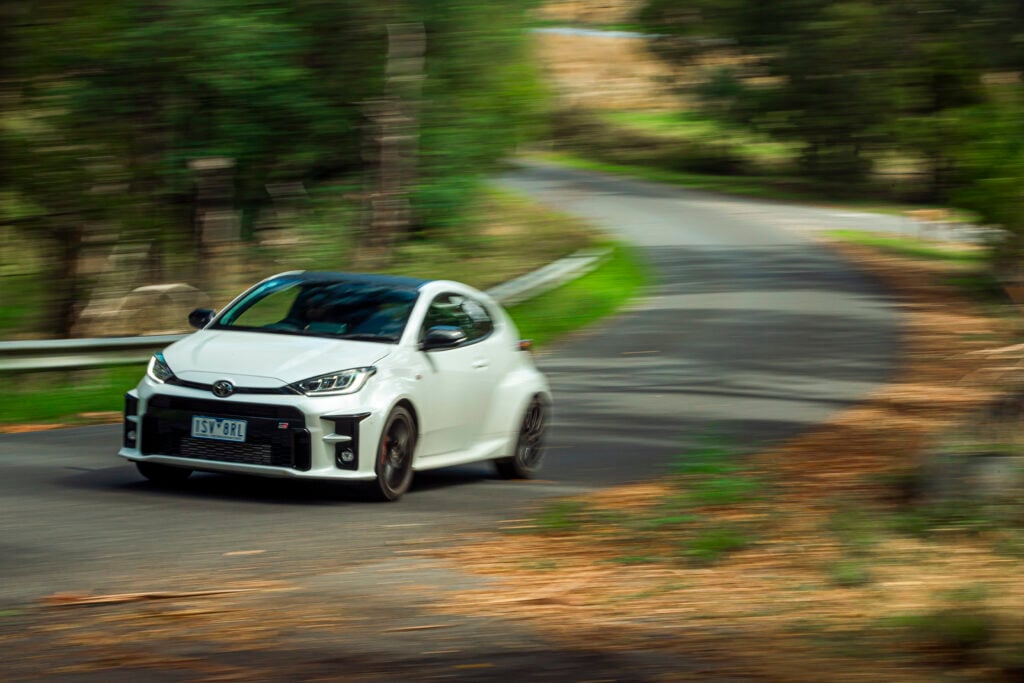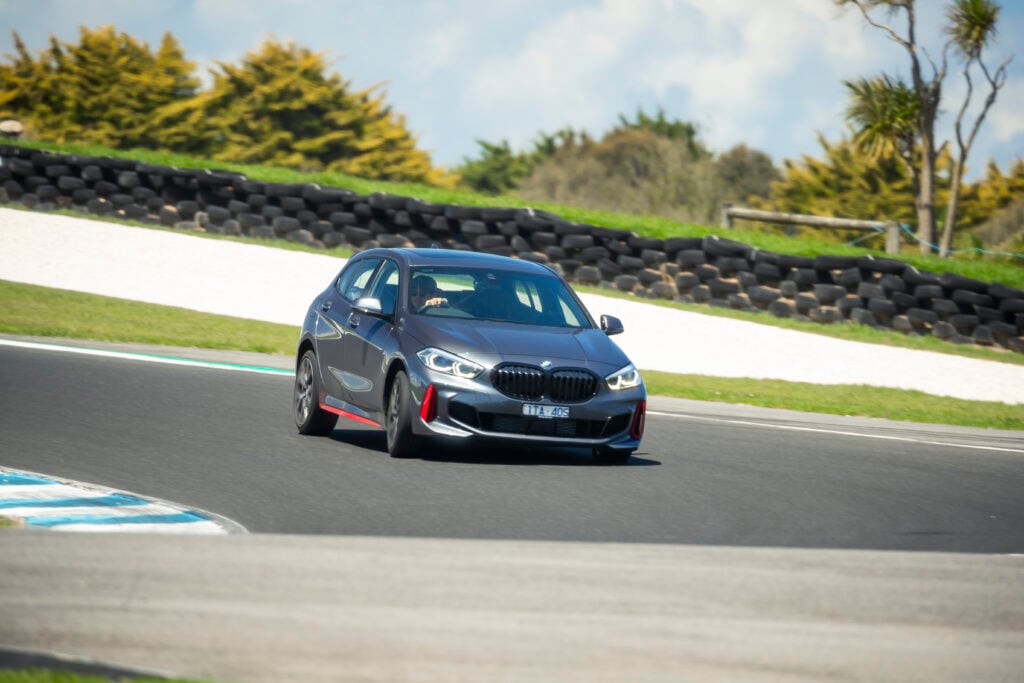One of the major things the MOTOR judges took away from Performance Car of the Year was a new found respect for both the Alpina B3 and BMW M3 for the way both cars walk vastly divergent paths with many of the same core ingredients.
The best showcase of this same-same-but-different mentality is the S58 3.0-litre twin-turbo straight-six engine that sits under the bonnet of both the German sports sedans.
By sharing an engine, you’d be forgiven to thinking both the Alpina and BMW deliver their power in much the same way. The truth couldn’t be more different.
To explain why, we need to provide a little bit of context. Previously Alpina made good with the softer N-designated version of BMW’s engines. The B3 is a landmark model, being the first to receive a full-fat S-designation M division engine.
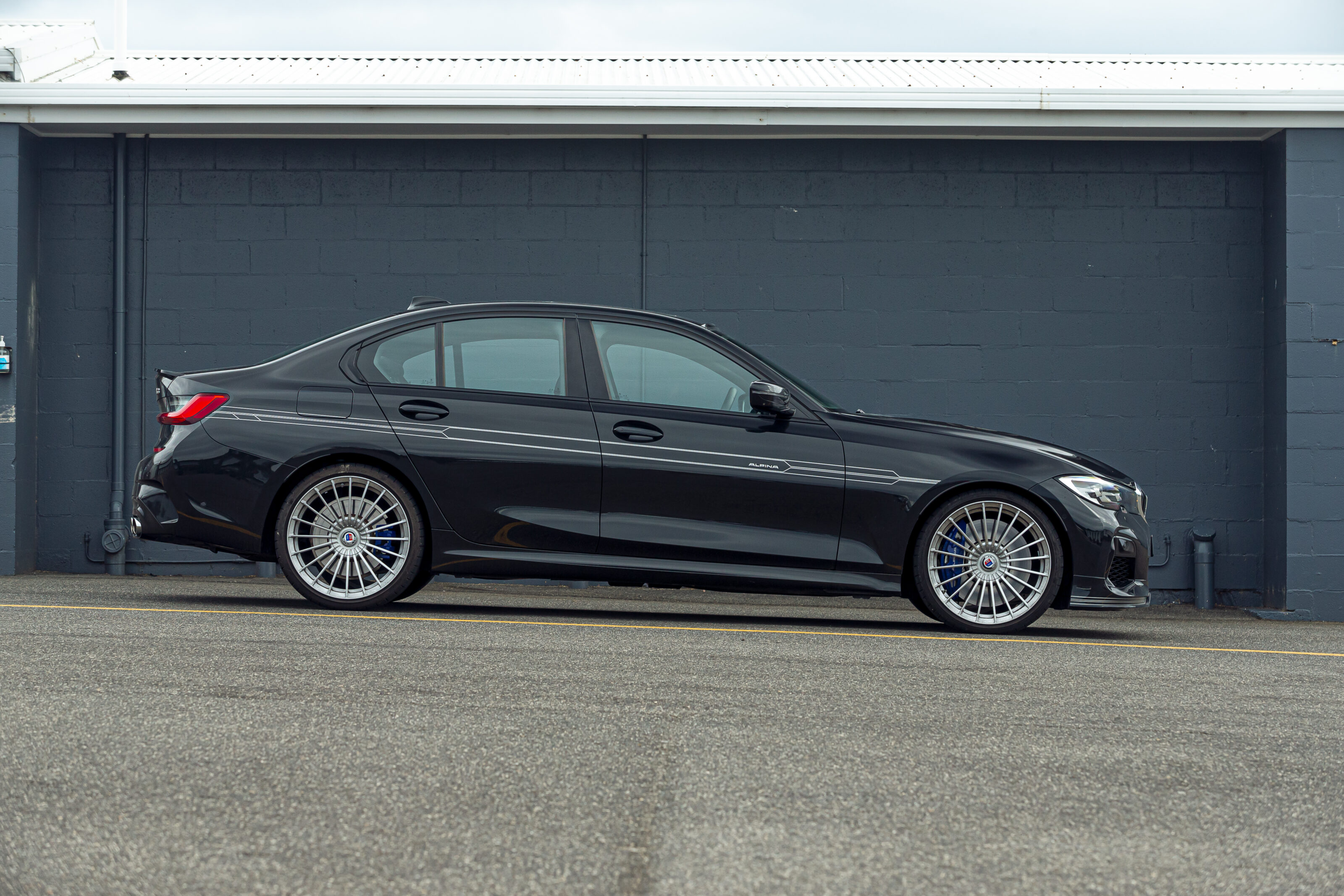
Being a stand-alone manufacturer in its own right, Alpina wasn’t going to be content with simply taking the engine out of the M3 and plonking it into the B3. That just wouldn’t do. So they got to work making some key adjustments.
In order to get the S58 to display the personality traits Alpina looks for – namely improved torque and a wider power band – both turbocharger housings were decreased in size compared to what is fitted to the M3, with a revised air intake fitted, and new cooling system joining the party.
All accounted for, the B3 produces 340kW between 5500-7000rpm, and 700Nm between 2500-4500rpm. Compare that to the standard M3’s 353kW at 6250rpm and 550Nm spread between 2650-6130rpm.
Even from a surface level reading of the power outputs you can tell the S58 engine has been tweaked to have two distinct personalities.
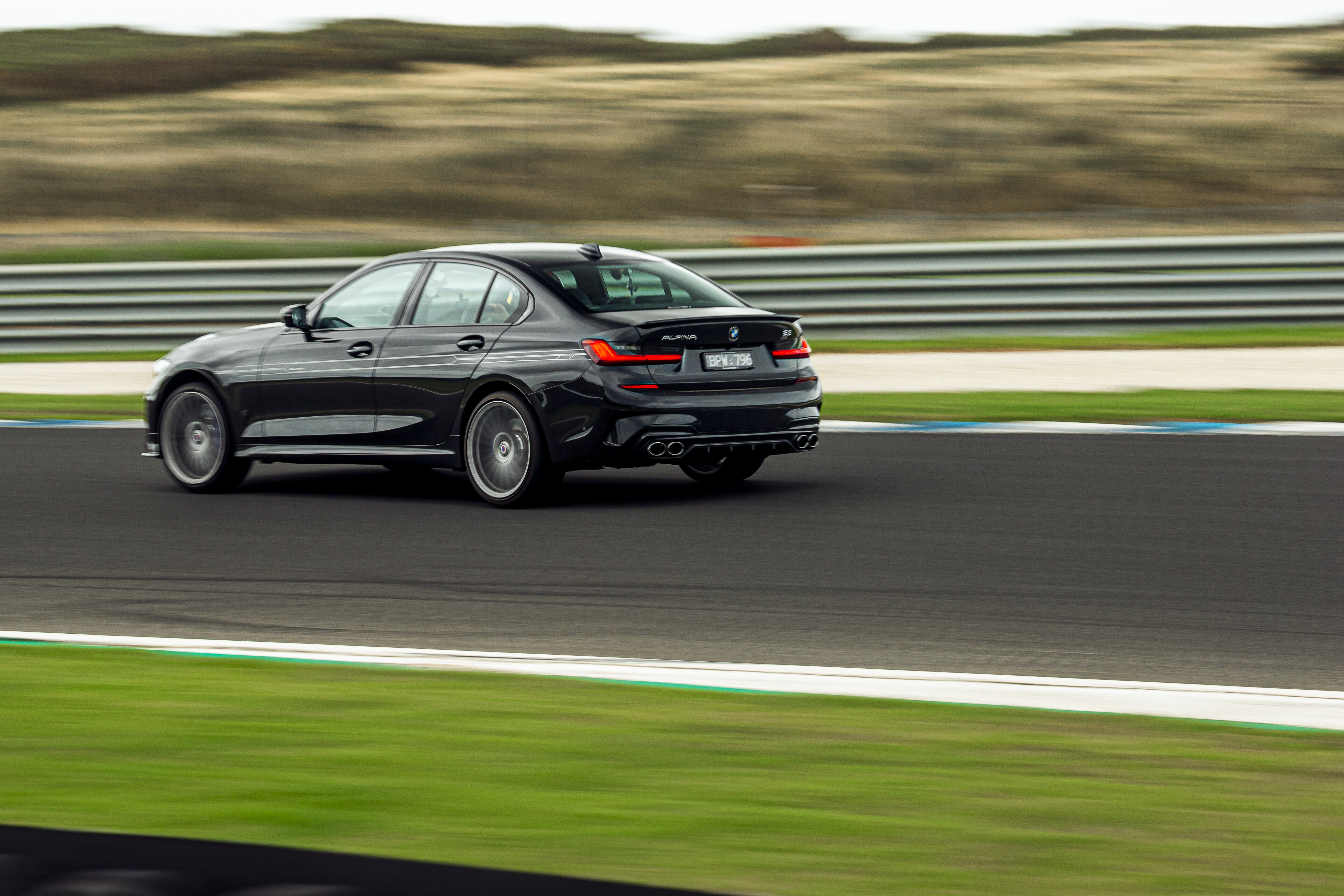
This shows through from the driver’s seat. In the B3 power is a wave that takes a little longer to arrive than in the M3, but paired with the eight-speed auto you ride constantly. The power band goes from peak torque, to peak power then straight into a new gear bang on top of the peak torque. Rinse and repeat.
In the M3 there is a more fervent rev, and the six-speed manual means you fall more easily in and out of the sweet spot. Less outright shove, but a stronger top-end punch means you push the M3 to the end of its rev range with each gear.
And that’s just the engine, with each car’s dynamics and suspension similarly independent in style. Both cars are all the better for it.
We recommend
-
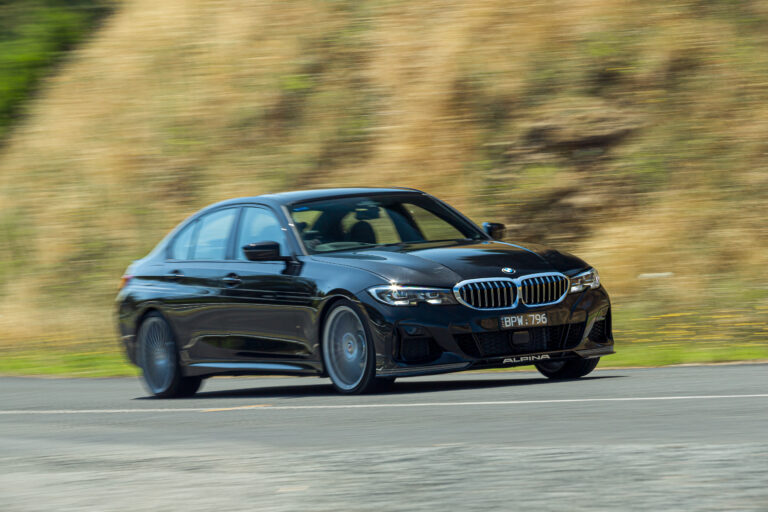 Performance COTY
Performance COTYAlpina B3 slinks its way to eighth in MOTOR’s Performance Car of the Year 2022
The German Autobahn monster flew fast and low under the radar at Performance Car of the Year 2022
-
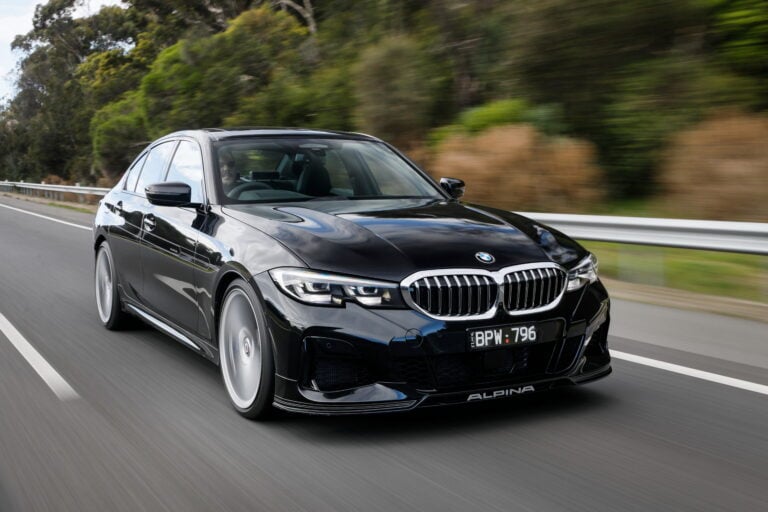 Reviews
ReviewsAustralian first drive: 2021 Alpina B3
M3 too loud for you? There is another way
-
 News
NewsNew car calendar 2026: All the new cars coming to Australia next year
Here’s the WhichCar by Wheels guide to all the new cars that will launch in Australia in 2026. Check back in regularly for updates...


